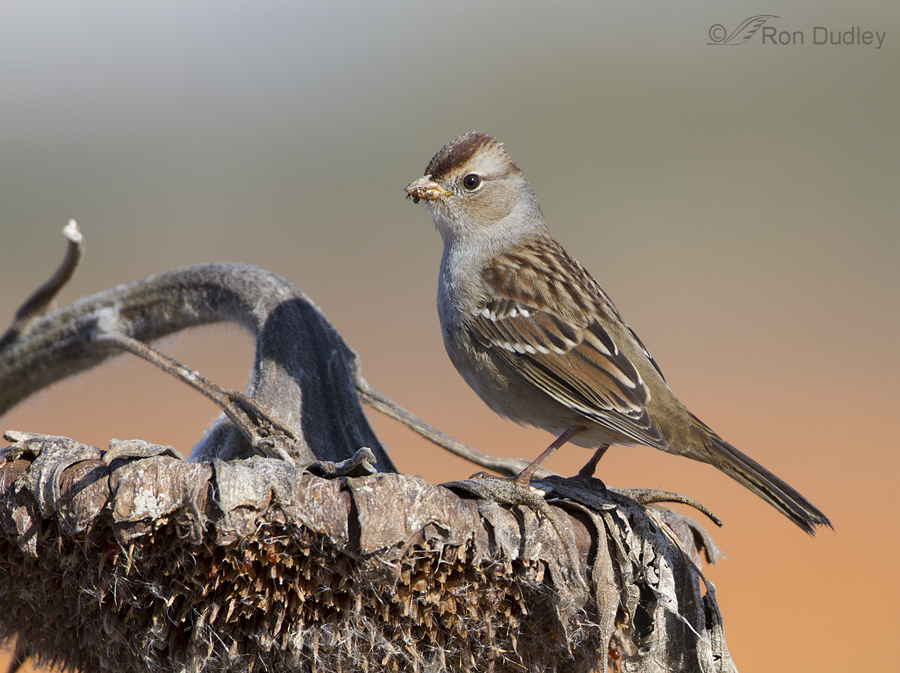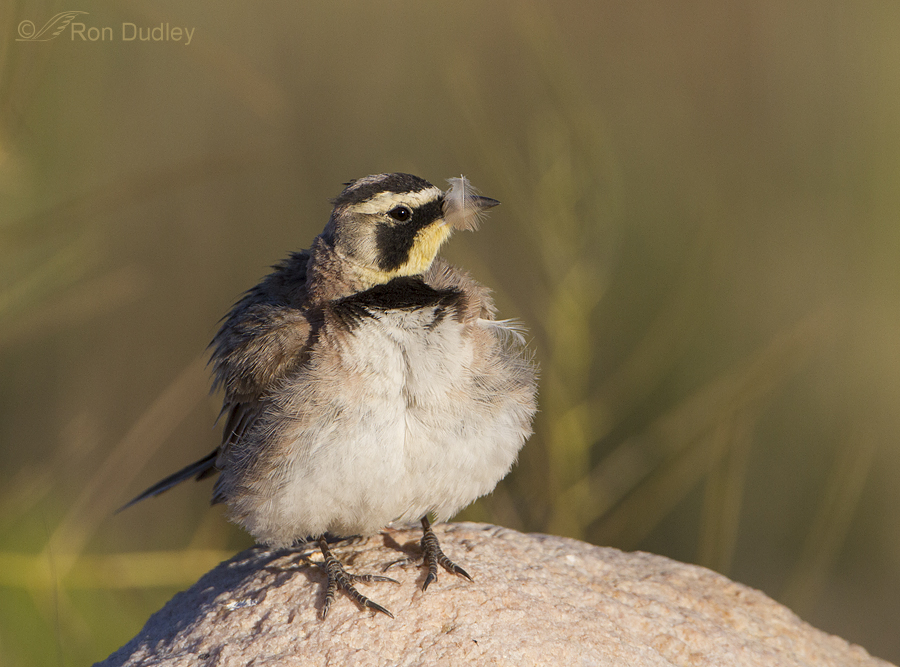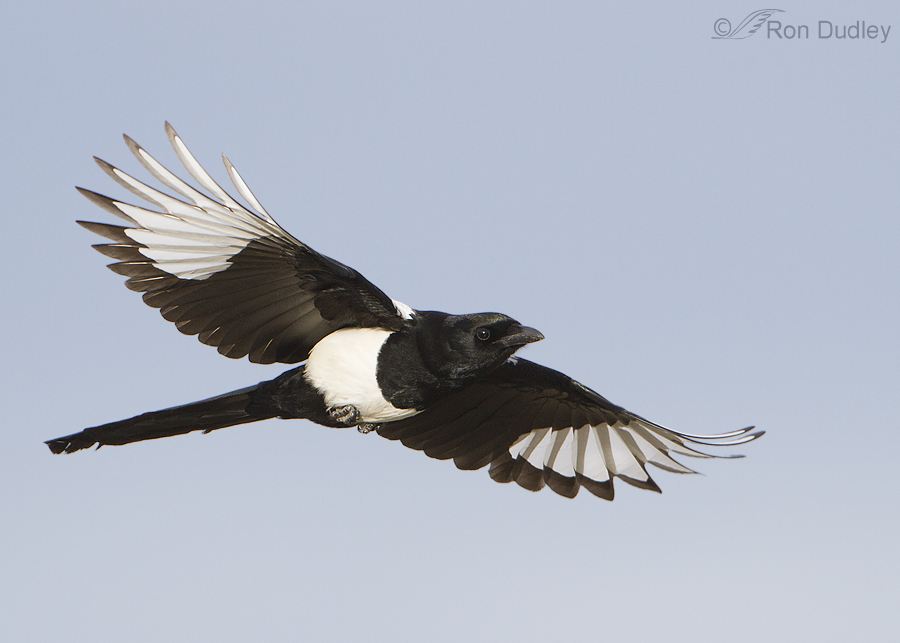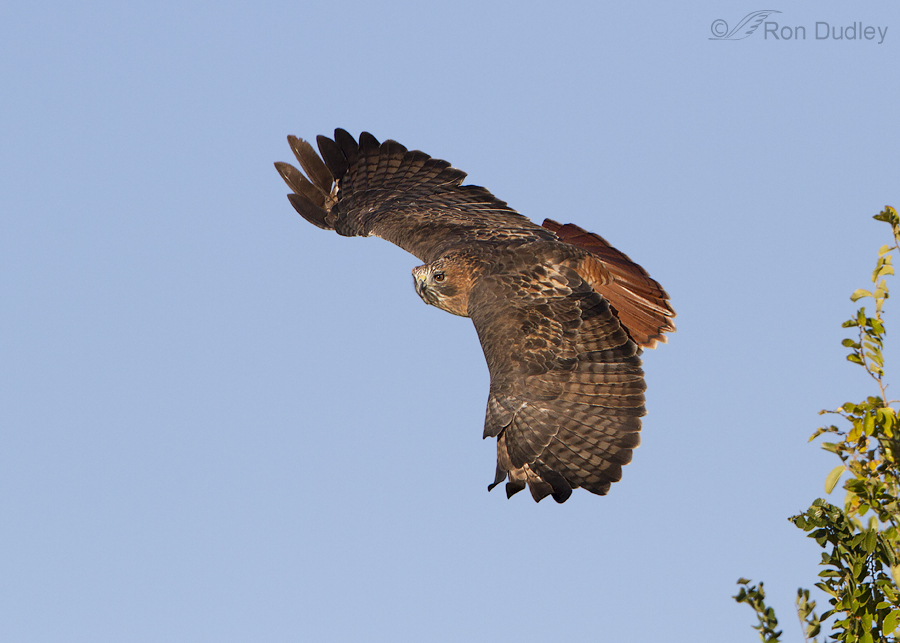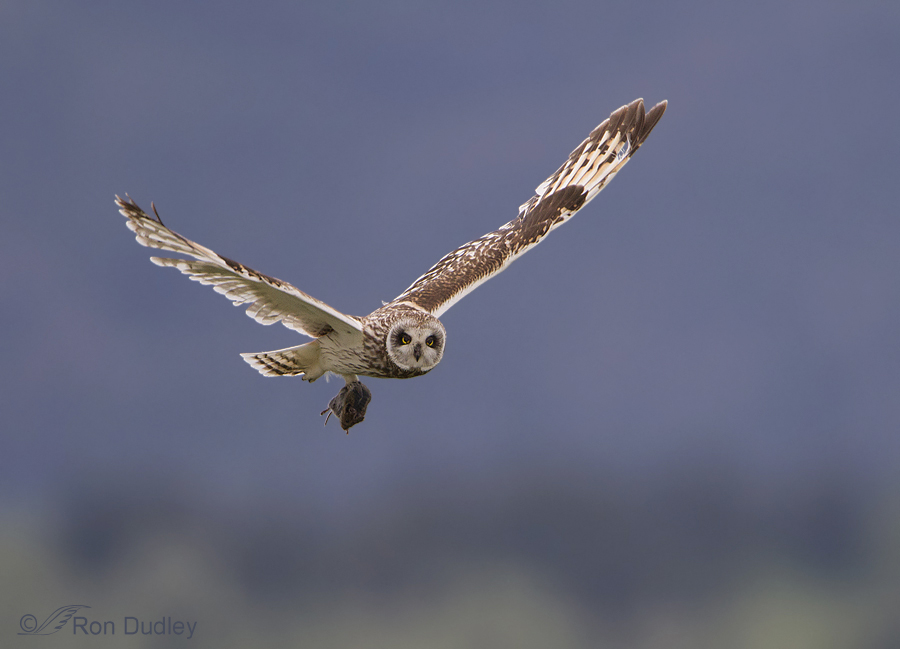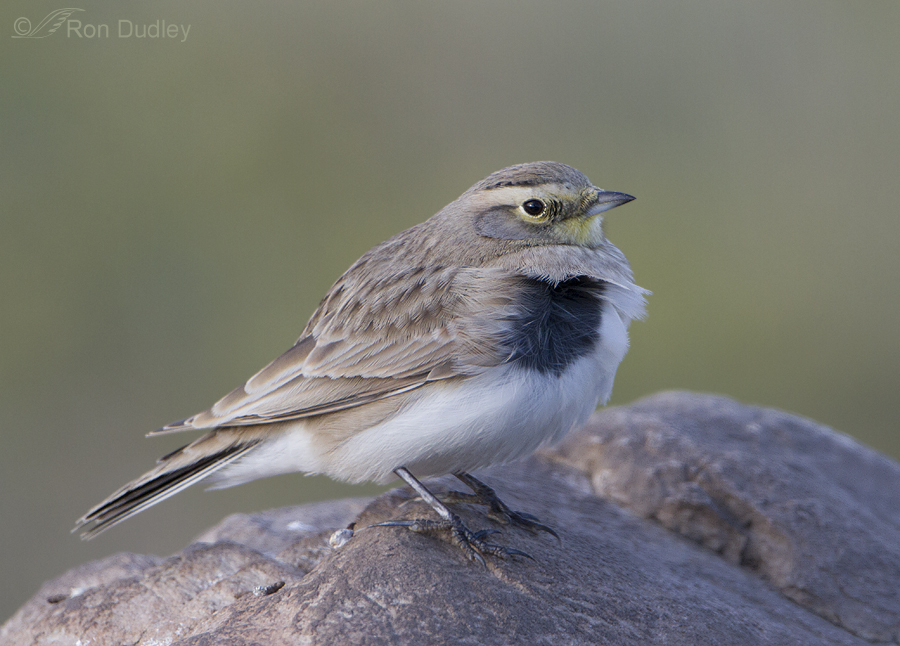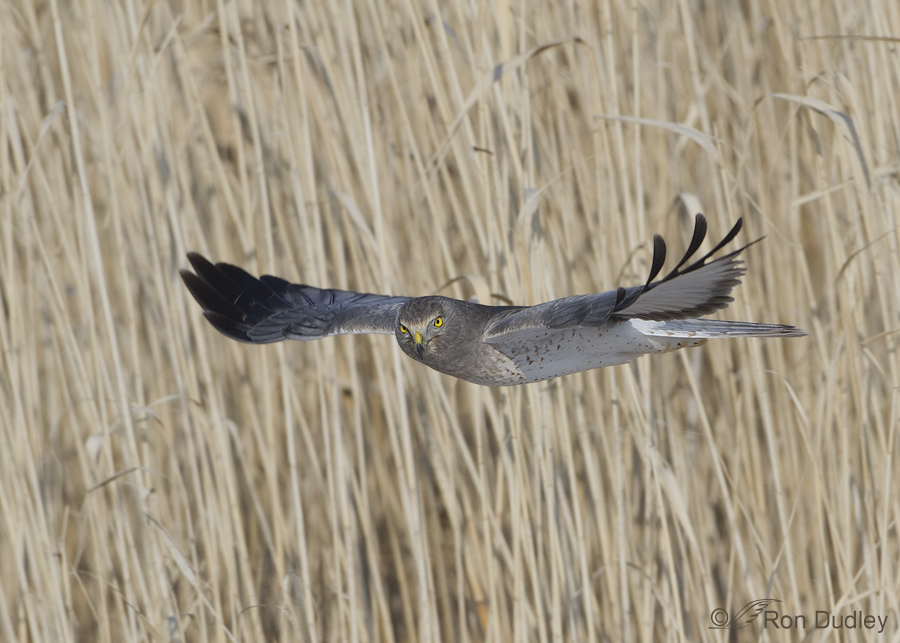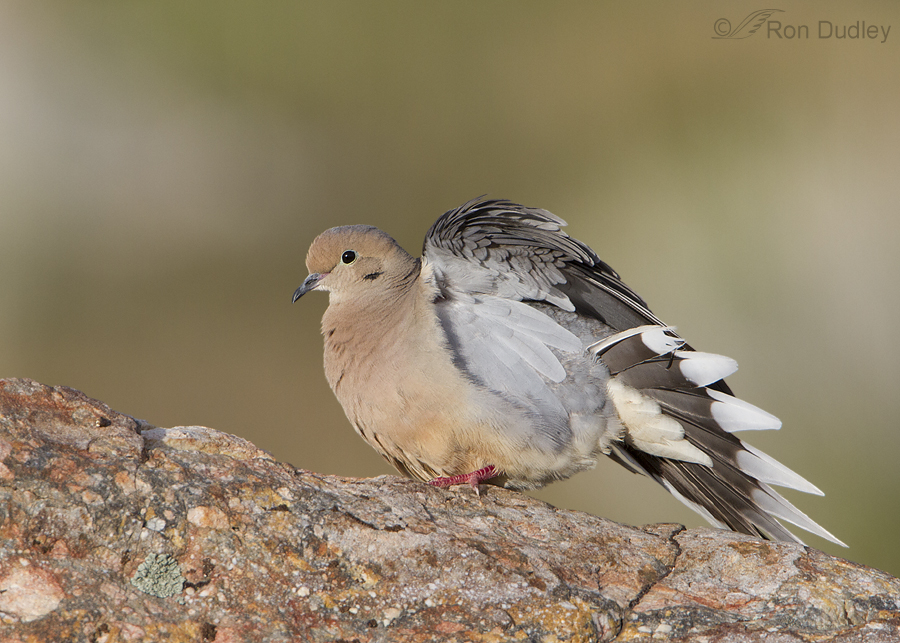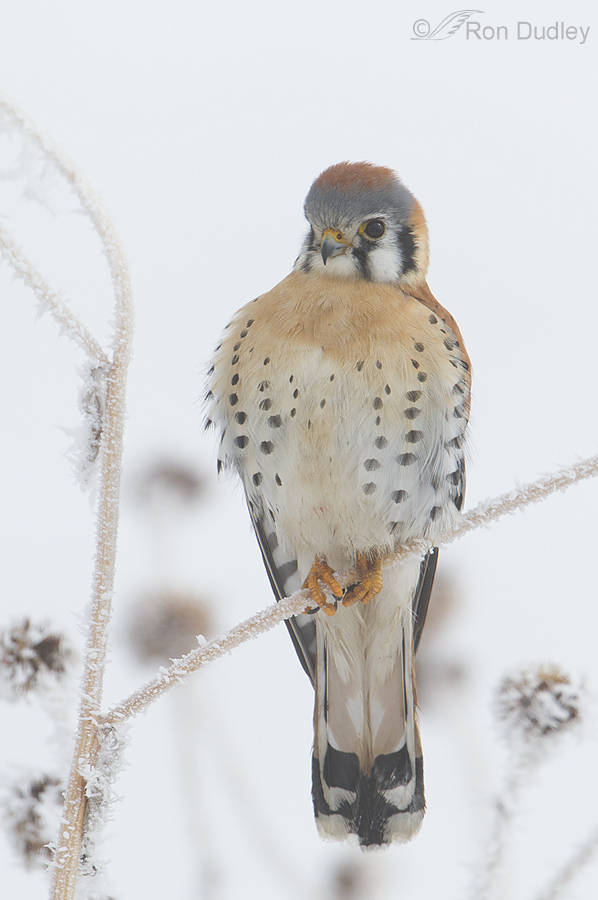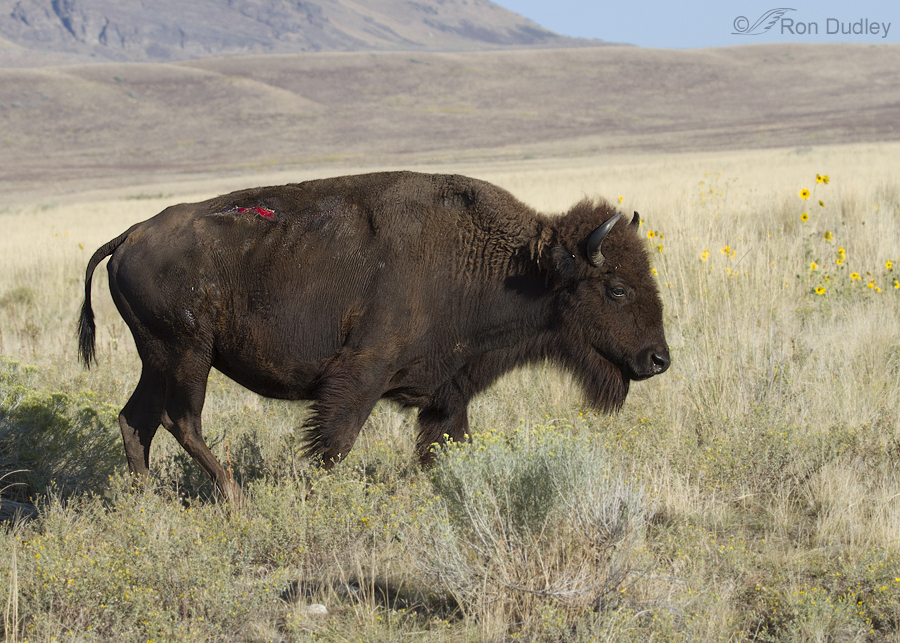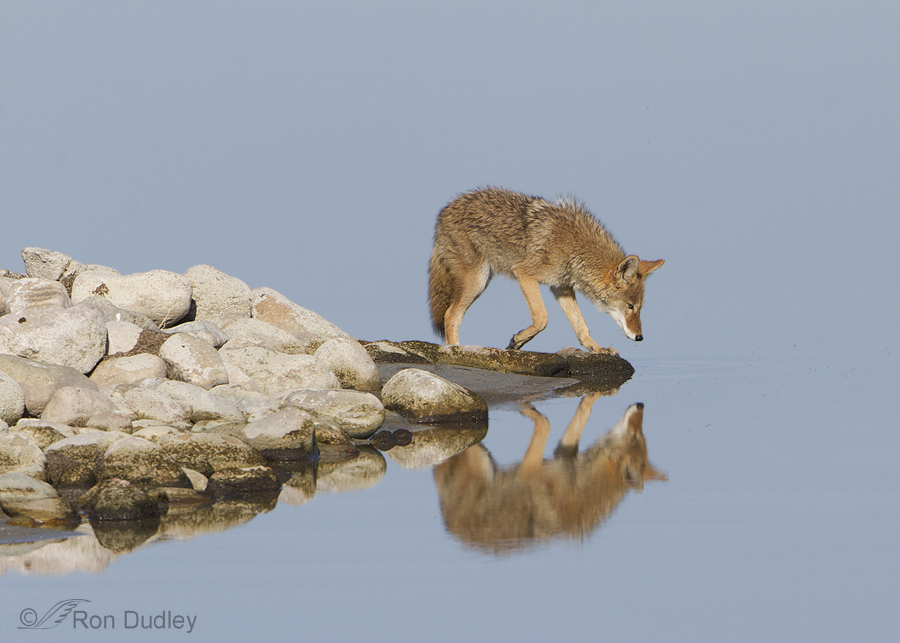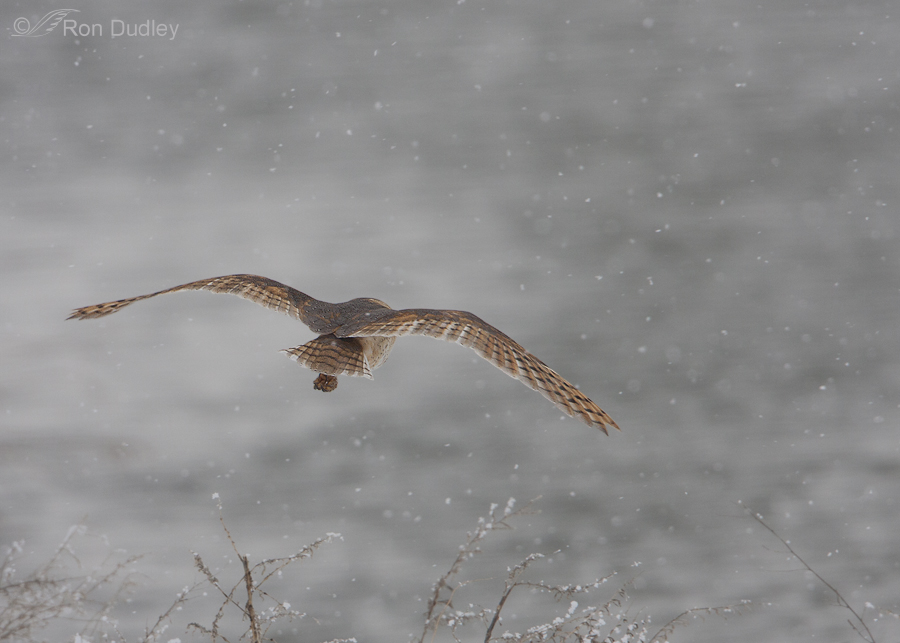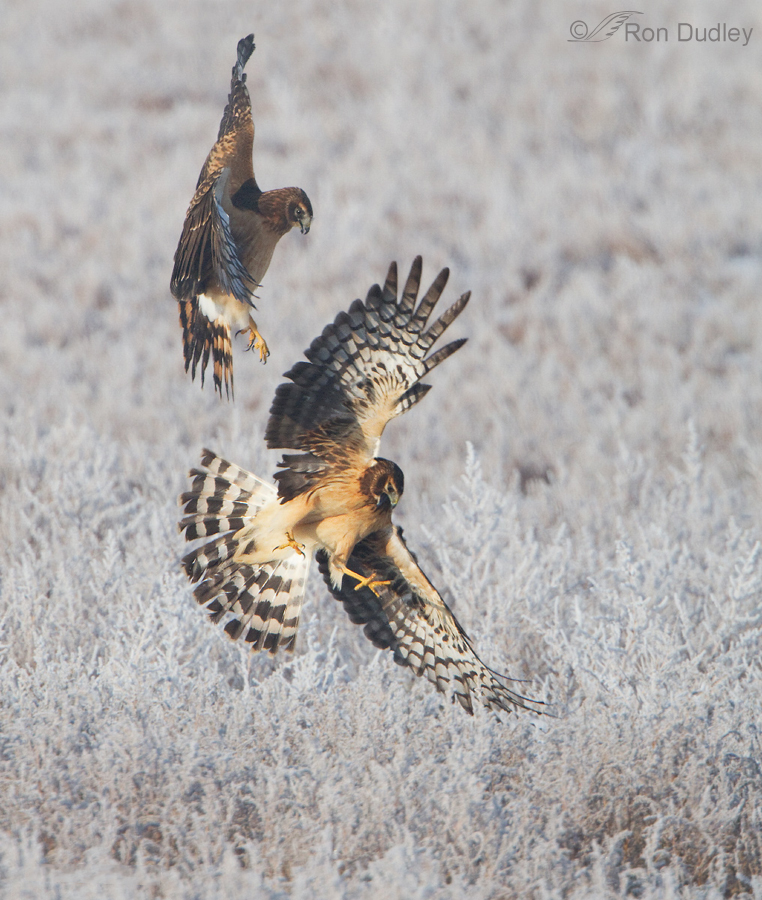Sleepy Great Horned Owl Fledgling
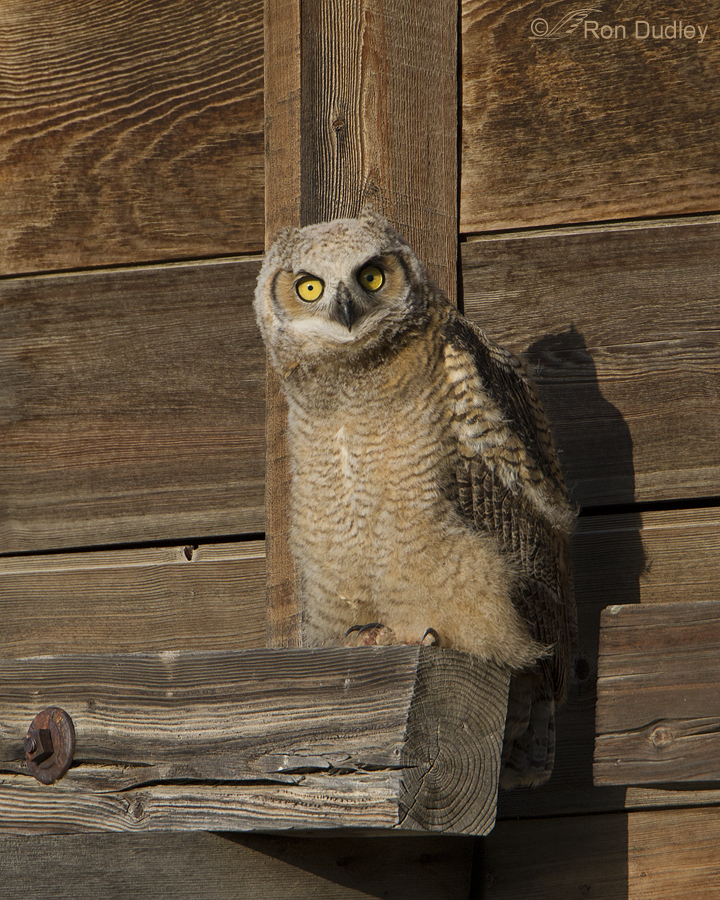
There has been breeding Great Horned Owls on the Montana farm where I grew up for many years and when I’m there in spring or early summer I can usually count on several curious youngsters exploring their surroundings as they learn the ropes. It’s a big farm with many outbuildings so it’s always a challenge to find them once they fledge. It’s a pleasant early morning ritual for me to wander around and try to locate them – it’s almost like a game we play.


